Both DJI and Autel have upped the ante with their new portable drones. The DJI Mavic Air is ultra-portable and the Autel Evo looks incredibly capable. How do they stack up against each other and the original folding drone, the Mavic Pro? Let’s take a closer look.
Tale of the Tape: Mavic Air vs Evo vs Mavic Pro
Here is a quick look at how these three drones compare on some of the more important features.
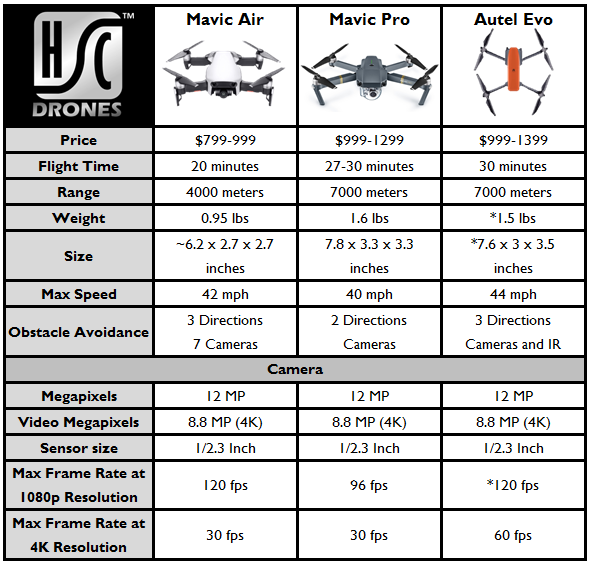
Specs Roundup: Flight Time, Range and Camera
The DJI Mavic Air is smaller and lighter than the Autel Evo. While the Evo certainly will be easy to take with you, the Mavic Air takes this to another level. The Evo has the Mavic Air beat when it comes to both flight time, top speed and range. The cameras are pretty even when it comes down to specs, so until we get a chance to test them we will call it a draw. The Mavic Air will use dual-band WiFi to transmit FPV. Similarly, the Evo will use 2.4 GHz and 900 MHz to communicate with the transmitter.
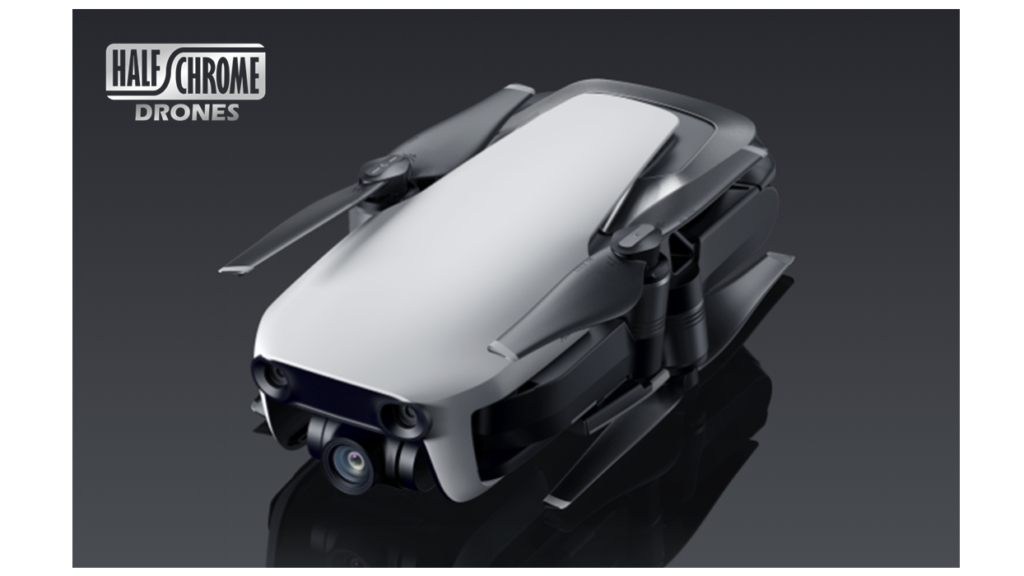
Special Features
There are a few things that will set these drones apart from each other. The Autel Evo will come with a remote that has a built-in LCD screen to view the live video (a super tiny screen). You won’t have to worry about connecting your smartphone if you don’t mind the small screen or your phone battery is dead. Autel is also considering offering the Evo with different camera options including a 360-degree camera and a camera with a 1-inch sensor.
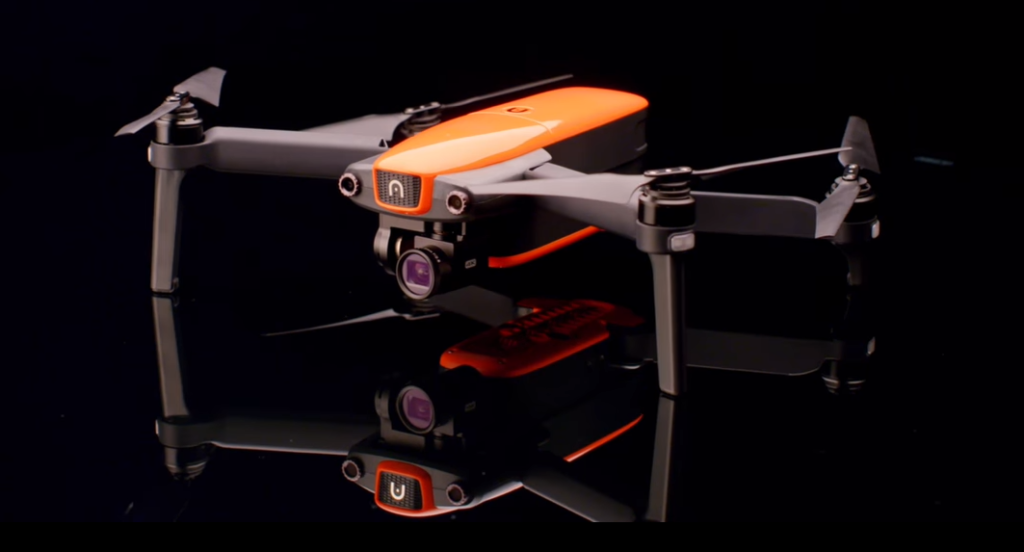
The Seattle-based Autel is well known for their excellent customer service and the value of that should not be undervalued. While we haven’t had any issues with DJI customer service, they don’t have the reputation that Autel has built.
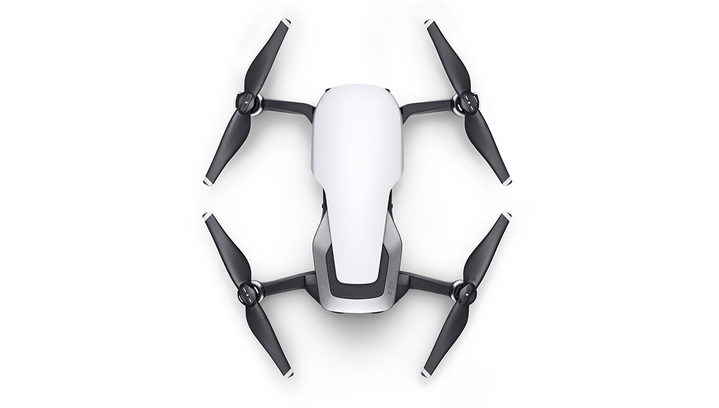
The Mavic Air will feature a handful of additional “Quick Shot” flight modes to make getting video quick and easy. New Boomerang and Asteroid flight paths add to the video modes that DJI already included with their consumer drones. The Mavic Air will also be capable of flying without a remote control using gestures only.
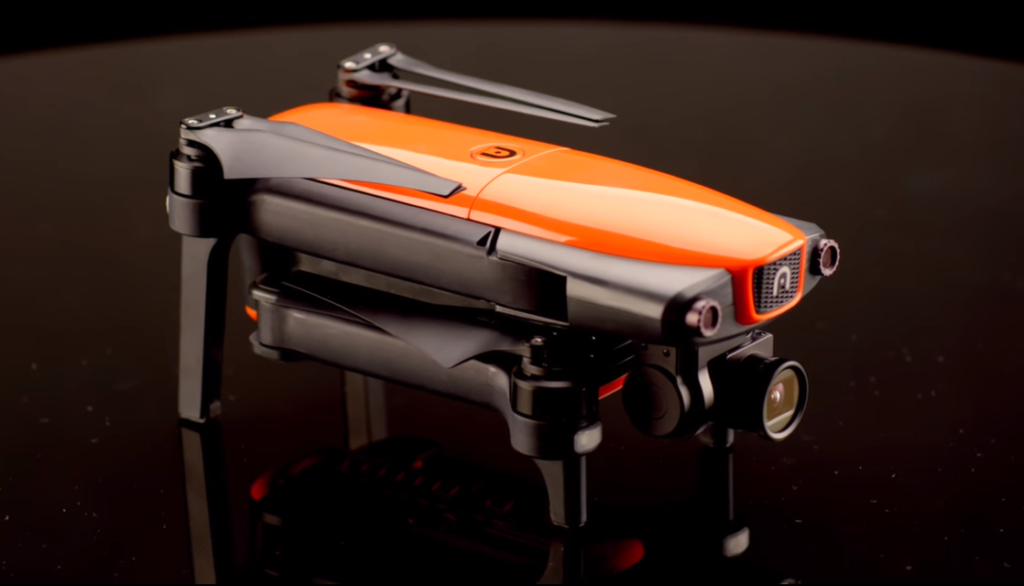
Which one is best?
Both of these drones are excellent options and you’ll have to prioritize which features you think are most important. The Mavic Air may not quite live up to some of the specs of the Evo but it certainly isn’t far off. Combined with its smaller size and lower price tag, it is hard to justify the extra $200 in our opinion. There is no doubt that the Mavic Air is the must-own drone of 2018. If you have your heart set on the Evo you’ll have to wait until March. In the case of these two drones, it doesn’t really seem like there is a wrong decision.
| Buy a DJI Mavic Air | Buy an Autel Evo |
More Drones…
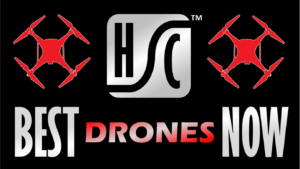
Every month we update what we believe are the best drones on the market. Check out Best Drones Now. We have also created the one-of-a-kind Half Chrome Drone Cipher™. You answer a few questions and we’ll pair you with the best drone for you.
| Best Drones Now |
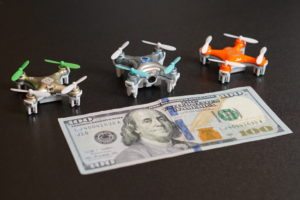
Do you want to search by price? Click on your menu above or we can break it down for you. Check out drones under $50, from $50-100, from $100-200, from $200-500 or over $500. Maybe you like a good Top Ten list, we’ve got you covered.
| Drones by Price |
Learn More…
If you want to learn more about taking great pictures or flying FPV then check out our comprehensive guides on those topics. Also take a look at our articles on how to choose the right drone for great aerial photos or for getting started flying race drones. Learn more about drones and how to get the most out of them in our Drone Academy. In the Academy we also detail some of the advanced testing we do, including our recent addition, drone thrust testing.
| Drone Academy |
I Want Videos…
Did you know that Half Chrome has its own YouTube Channel? We have reviews, flight tests, crashes, 360-degree videos and more. Check it out and subscribe today.
| Half Chrome YouTube Channel |
Disclosure:
This website contains affiliate links, which means we receive a commission if you make a purchase using these links. For full details visit the disclosures and disclaimers page.
- Beginner
- Discounts
- Wedding
- Youth

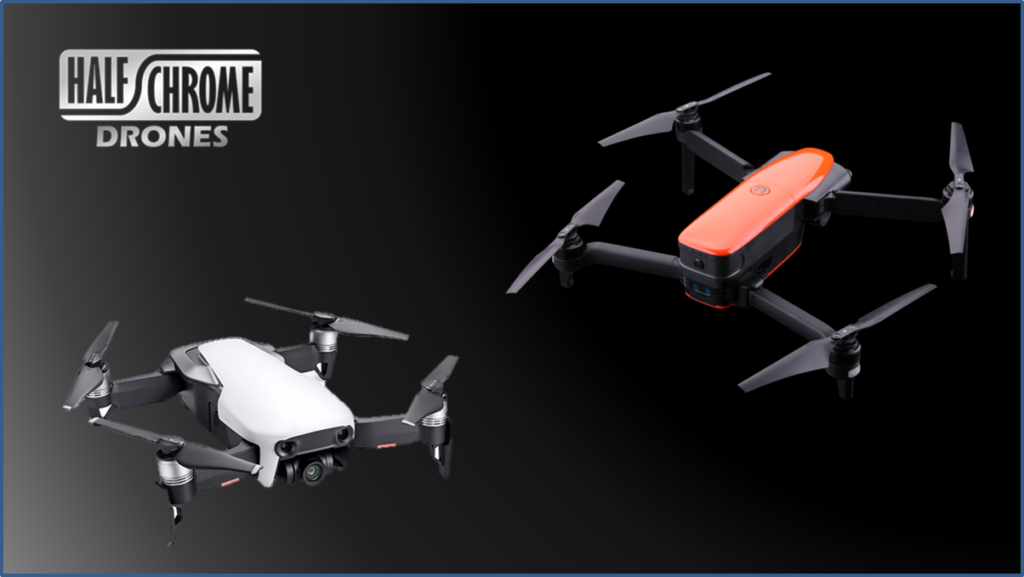
















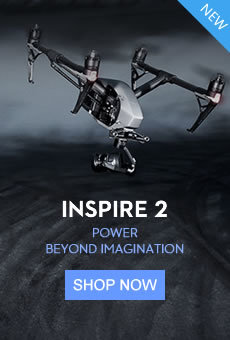
Pingback: Autel Evo: Has the DJI Mavic Met Its Match? Evo vs Mavic. Who Will Win?